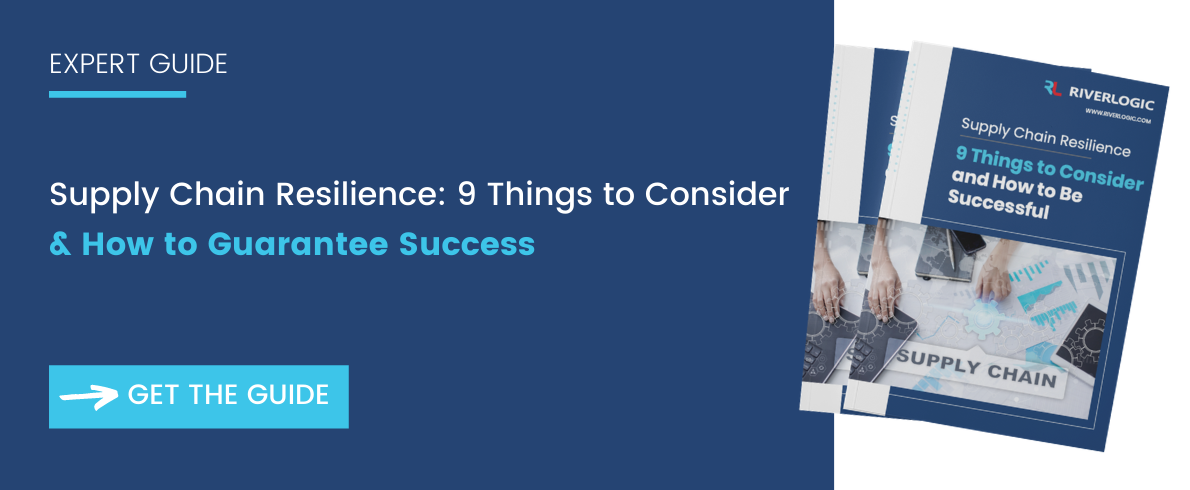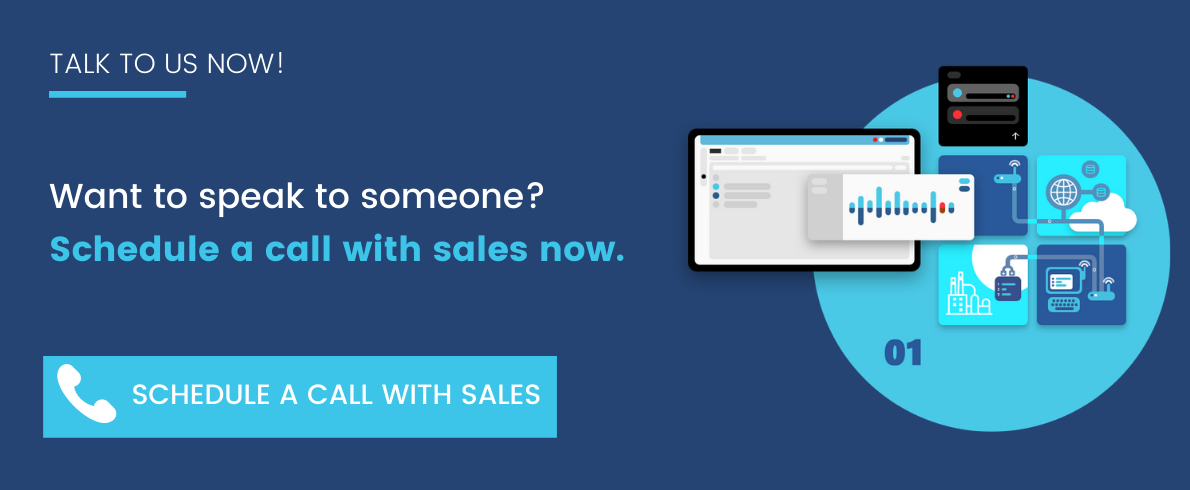Gartner first began covering this topic as it relates to supply chain in early 2019. Now, the research firm has identified is as being one of the top strategic supply chain trends in 2020. Here’s what you need to know about immersive experiences, and what they mean for the future of your supply cahin.
What Does Immersive Experience Mean?
An immersive experience can be defined as a situation where you have the perception of being in a virtual place, environment or situation different to the one you are in currently. For this sensation to be realistic, it should at least involve your senses of sight, sound and touch. As Google describes the technology, an immersive experience is like diving into a virtual world.
Naturally, there are various levels of immersion, often related to the technology that’s available. It could be something as simple as the Pokémon Go game played on a smartphone where a virtual character is superimposed on a live screen view to something as complex as an aircraft simulator that completely emulates the experience of flying an aircraft in real life.
The Difference Between VR, AR and MR
Immersive experiences rely on three technologies: virtual reality, augmented reality and mixed reality. These can be defined as follows:
Virtual Reality (VR)
Virtual reality is when a digital environment completely replaces the physical environment. A contemporary example would be a computer game played with a virtual reality headset. In VR, there’s no sense of the real environment and no interaction with it.
Augmented Reality (AR)
Augmented reality technology is the superimposition of virtual content over a live-stream image of the real world, a bit like the Pokémon Go game. This technology is useful for providing additional information while completing tasks in the real world.
Mixed Reality (MR)
As the name implies, mixed reality is a combination of VR and AR. While in some ways, MR may be considered an advanced form of AR, the technology allows users to fully interact with virtual items superimposed on the real world, such as placing a virtual piece of furniture in your home.
Immersive Experience Technology and Equipment
Immersive technology and equipment generally require three elements to work. Firstly, there’s the device which allows users to participate. This could be a:
- Smartphone
- Simple Google cardboard viewer
- Special pair of glasses that superimpose images over the view
- Full VR headset
- Virtual workstation such as found in an aircraft simulator
Secondly, there’s the capability to create a virtual world that responds as the user moves their headset or phone around. Thirdly, the ability to superimpose aspects of the virtual world over the user’s view of the real world.
Creating an Immersive Experience in the Supply Chain
There are a number of potential uses for immersive experiential applications in the supply chain, particularly those related to onboarding, warehousing and operation of complex manufacturing and processing systems. For example, Deloitte sees immersive experience opportunities in product and process design, process visualization and experience-based learning.
Possibly the most obvious applications are those associated with employee training. Using immersive technologies can help new starts master the required skills faster and with greater confidence. In other instances, MR devices can support supply chain personnel performing daily tasks. For example, they can aid warehouse pickers by guiding them to the right location and automatically recording bar codes while picking.
Examples of an Immersive Experience in the Supply Chain
Immersive technology is already in use in numerous supply chain applications. Here are some examples.
Virtual automotive test drives
The Jaguar Land Rover allows customers to conduct a virtual test drive of some of their vehicles. This together with a 360-degree view allows prospective customers to view the vehicle interior and by touching hotspots, to obtain additional information.
Virtual design
Ford uses Microsoft HoloLens headsets to review design changes to vehicles as though these were already incorporated into a real vehicle. A good example is evaluating how changing door mirror aesthetics will affect the driver’s view of their surroundings.
DHL’s use of AR-based vision picking
DHL is using an augmented reality system based on Google smart glasses that gives operators a heads-up display showing inventory requirements and location. This allows warehouse employees to pick items without needing to reference hard copies or visually read inventory locations.
Preparing for the Future Immersive Experience in Supply Chain
The application of immersive technologies to the supply chain offers the potential for fewer errors, faster order processing and less manual input. As early as 2018, Gartner highlighted the disruptive potential of this technology. Existing examples show how many companies are already using immersive experiences to support their supply chains. While Gartner currently places this technology at the peak of inflated expectations on their hype cycles, it’s clear the technology is maturing quickly and is likely to become almost indispensable over the next five to ten years.








